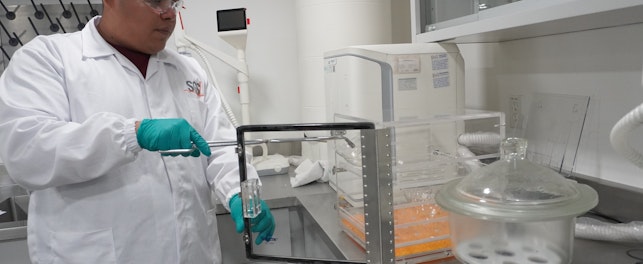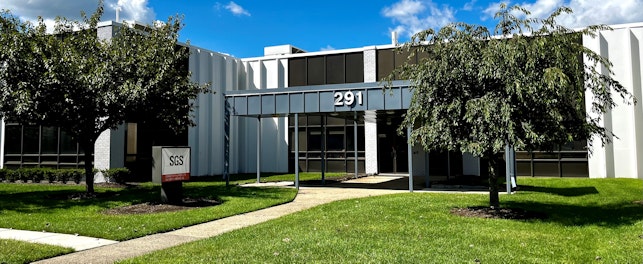COVID-19 has meant more people are now buying online. Consumers want their products to arrive safely but ideally without excessive packaging. To compete in the e-commerce market manufacturers and retailers must ensure their products arrive intact and undamaged, while minimizing packaging costs and environmental impact and avoiding chargebacks and fees.
More people are buying online than ever before. Some surveys are reporting as much as an 80% increase in the number of people now buying 50% or more of their shopping online. It is also believed 60+% of these consumers intend to continue shopping in this way after the pandemic.1 This isn’t a new development, merely the amplification of a trend that was already in motion.2 COVID-19 may have amplified the trend but convenience had already made this form of retailing the preferred choice for many consumers.
For online retailing to succeed, products must arrive in the same condition as they would if the consumer went to the store. This requires packaging that is robust. At the same time, consumers are demanding reductions in packaging to improve the environmental consequences of buying online.
Amazon
In 2019, Amazon delivered around 3.5 billion packages.3 Each package will go through several procedures in the supply chain that can potentially damage the product being transported. To protect the product while still addressing the environmental concerns of consumers, Amazon has introduced several initiatives to improve and reduce packaging.
Launched in November 2008 and most recently updated in February 2020, Frustration-Free Packaging (FFP) Certification requires all packaging going through Amazon distribution channels to meet certain standards. Put simply, packaging must be:
- Right-sized
- Easy to open
- Made of recyclable packaging materials
- Capable of protecting the product during transit4
The goal for Amazon is that a product can be transported through their supply chain without requiring additional packaging.5
On September 19, 2019, Amazon reiterated and reinforced its stance on packaging by making it clear that any incoming inventory arriving at fulfilment centers had to go through a Packaging Performance Test. If a large product is not certified to at least its Ships in Own Container (SIOC) standard, or Tier 2, each unit will be liable to a chargeback fee of USD 1.99.6 Exemptions to this rule include hazmat products, fresh pantry products, smaller products, and lower volume products that were listed at least eight months before the product was given its Amazon Standard Identification Number (ASIN).7
ISTA
The International Safe Transit Association (ISTA) started as the National Safe Transit Committee (NTSC) in 1948 with the idea that "prevention rather than cure" was needed when it came to ensuring packaging was able to protect products during transportation.8 Today, that remit has gone international but its mission remains the minimization of product damage throughout the distribution supply chain, but now with an emphasis on the optimization of resources via effective package design.
ISTA has established standardized transit packaging tests that fall into two types:
- Performance tests – pass/fail assessment used to determine the viability of a packaged-product to survive normal shipment
- Development tests – compare relative performance between two or more packaging designs
There are six different levels of performance testing, from 1 Series tests – non-simulation integrity performance tests – to 6 series, which tests the ability of packaging to meet the performance requirements of an individual company.
ISTA 6-Amazon
ISTA 6-Amazon has been developed to test a package’s ability to conform to Amazon’s performance requirements. Testing can be undertaken against one or more of three tiers:
- Tier 1 – Frustration-free Packaging (FFP)
- Tier 2 – Ships in its Own Container (SIOC)
- Tier 3 – Prep-free Packaging (PFP)
To avoid chargeback fees, large product packaging must conform at least to Tier 2.9
Poor Quality Packaging Costs
In addition to chargeback fees, packing failures can also result in:
- Lost business
- Tarnished reputations
- Costly damage to products
- Delays
As more people begin to buy their consumer products online, packaging quality is going to become an important factor in which companies can thrive in the new retail environment. Businesses that successfully adapt to industry and consumer requirements will find their reputation’s enhanced and their costs reduced.
SGS Solution
SGS provides a comprehensive range of services to help manufacturers and suppliers ensure their products are effectively protected during distribution. Our service includes environmental (temperature extremes, UV etc.), shock, vibration, compression, impact, moisture, and forklift and clamping testing to ensure packaging is robust enough to protect the product during transportation.
In addition, our global network also provides testing against ISTA standards, including ISTA 6-Amazon, and we can help guide customers through the Amazon FFP certification process.
For more information, please contact:
John O’Connell
Global Packaging Director
Consumer and Retail
t: +1 862 200 0916
REFERENCES
1 Covid-19: Pandemic will speed up shift to eCommerce2 Half of all shopping to move online in the next decade
3 Amazon's delivery business reveals staggering growth
4 Amazon Certified Frustration-Free Packaging Programs
5 Amazon Certified Frustration-Free Packaging Programs
6 Amazon Chargebacks: Avoiding and Handling Them Smoothly
7 Amazon Packaging Certification Requirements: How to Comply and Avoid Related Chargebacks
8 ISTA
9 Amazon Frustration-Free Packaging Program Certification Guidelines



